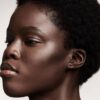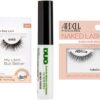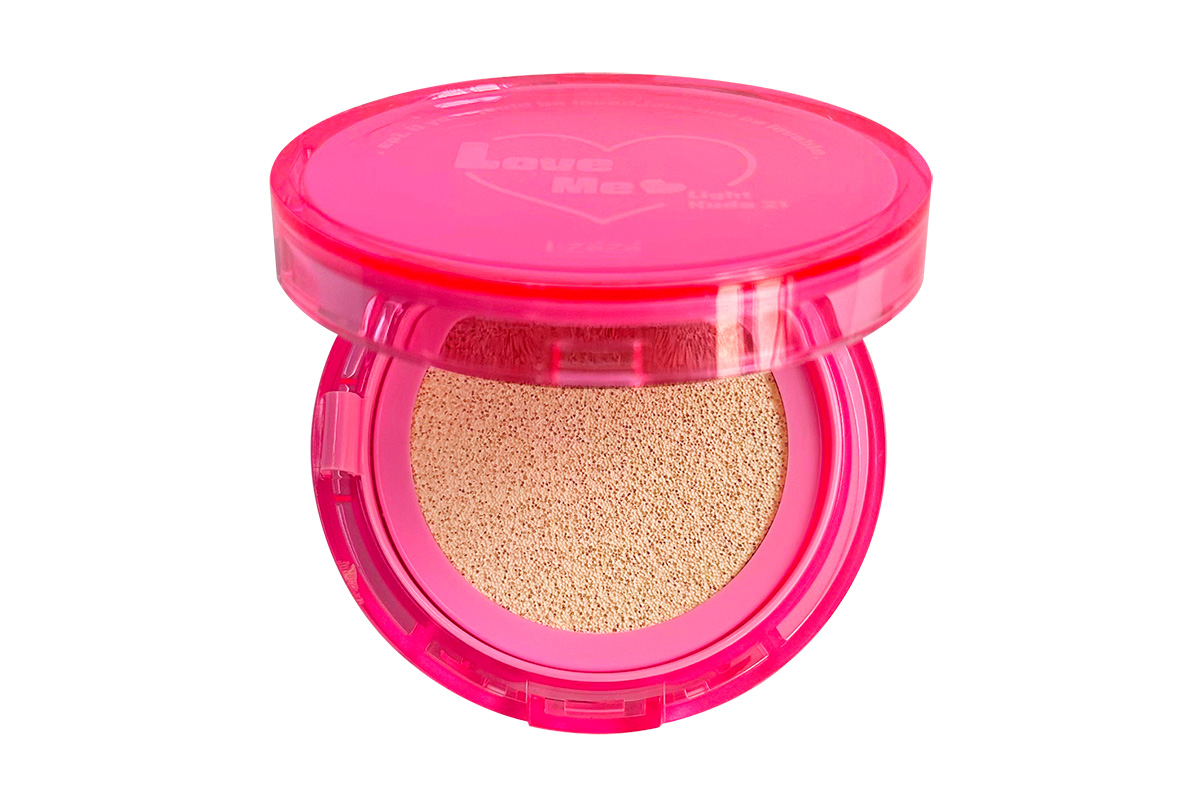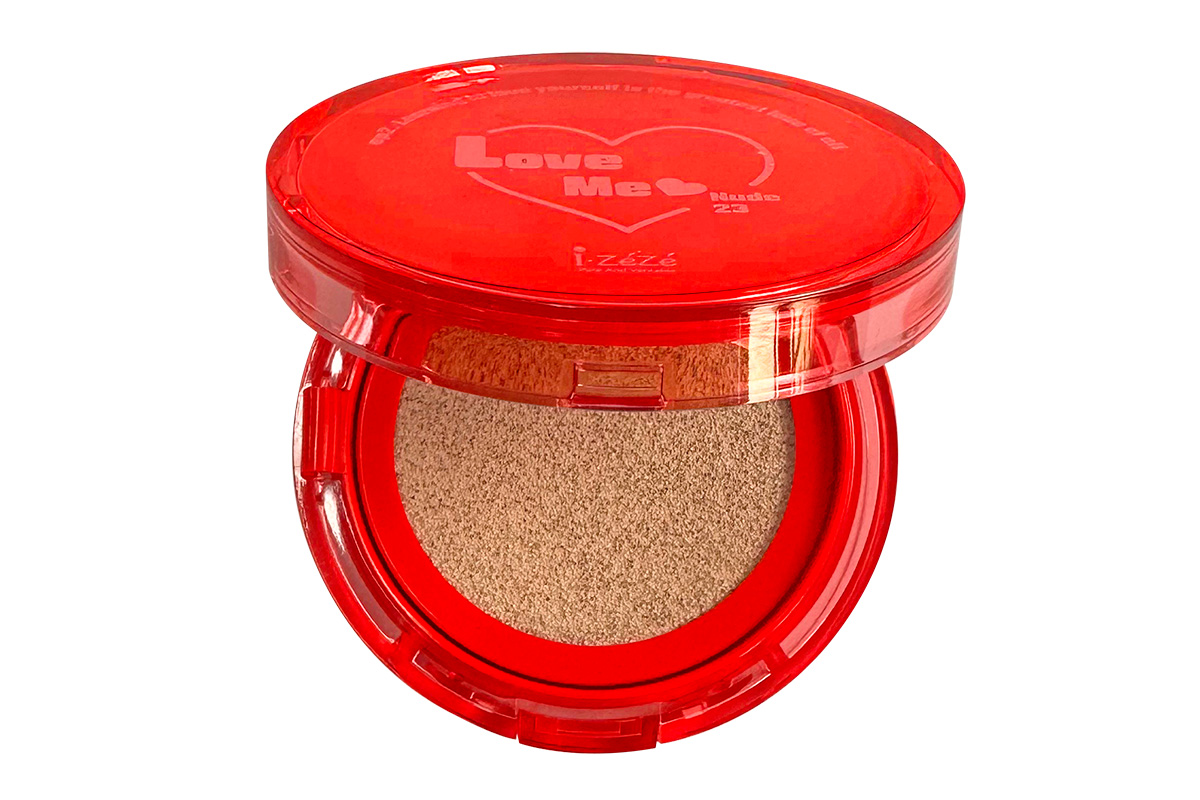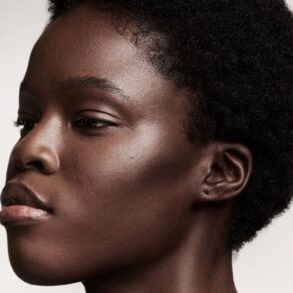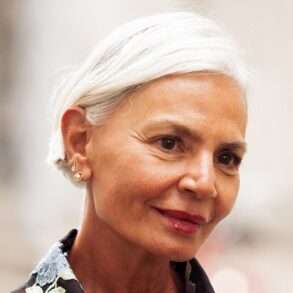In recent years, Korean cosmetics exports have achieved an impressive milestone, recording 10 trillion KRW for two consecutive years. This accomplishment has positioned Korea as the fourth largest cosmetics exporter globally, following France, the United States, and Germany. This growth can be attributed to the proliferation of numerous innovative brands, particularly in the field of skincare products. To gain a deeper understanding of K-beauty’s position in the global cosmetics market, let’s examine the key strengths and weaknesses of the K-beauty industry. How do K-beauty products differentiate themselves from their international competitors, such as J-beauty (Japanese beauty) and French brands?
To address the latter question first, both France and Japan are recognized as advanced countries. On the other hand, South Korea was renowned for its automobile industry, with companies such as Hyundai and Kia. These automobile brands are not considered expensive or luxury brands in other countries; rather, they are known for their cost-effectiveness. This perception initially posed challenges in the cosmetics field because cosmetics are directly applied to people’s faces and bodies. We began exporting cosmetic products to Southeast Asian countries and China, as these nations were geographically adjacent. Meanwhile, the popularity of K-culture has surged, resulting in increased exports of K-beauty products.
The Korean manufacturing industry is on par with that of other countries. For instance, Hyundai and Kia initiated their overseas business with a cost-effective strategy. However, as their international brand awareness grew, these companies increased their automobile prices. The same trend applies to the cosmetics industry. The Korean cosmetics industry is highly competitive, and the brand awareness of K-beauty is rising. Many users of Korean cosmetics now understand and acknowledge that our quality is no less than that of well-known foreign brands.
The Korean cosmetics industry has placed significant emphasis on China and Southeast Asia, with China representing a substantial 49.9% share of cosmetic product exports in 2020. Meanwhile, in Western markets, Korean brands are grappling with the challenge of aligning with customer expectations and competing against well-established historical brands. What are the challenges that need to be overcome? Is it still true today that K-beauty faces struggles in Western countries?
The export landscape has undergone significant changes since 2020. China is no longer the largest export destination for Korean cosmetic products. In China, there is a prevailing trend of using domestic products, fueled by a surge in patriotism marketing. This has led to a decline in exports to China. However, the overall export volume of Korean cosmetics has continued to increase, indicating that we are exporting more to other countries and that the industry is expanding.
Exporting to Western countries presents several challenges. The primary challenge is the difficulty of obtaining certification from the Food and Drug Administrations in each country. In particular, obtaining CPNP (Cosmetic Product Notification Portal) certification in the EU is especially challenging. Additionally, the packaging and labels of Korean products are not always consumer-friendly in Western markets. User instructions can be vague, making it difficult for Western consumers to understand the products. These are some of the challenges that must be overcome.
While large brands such Sulwhasoo and Hugels can easily be found abroad, the internationalization of smaller companies, which often focus on niche applications, has been more complicated, and many exciting brands in Seoul have yet to reach their global potential. As a distributor with a unique view on the industry, what challenges do smaller, niche firms face? How can smaller companies differentiate themselves and remain competitive when competing against large players?
Rather than focusing primarily on the domestic market, our emphasis lies in foreign markets. We also make a concerted effort to integrate the insights of international buyers who possess a deeper understanding of their respective markets. Their expertise allows us to discern the products in demand and preferred packaging in various countries, a key advantage in our product export strategy.
In addition, we endeavor to set ourselves apart from larger corporations, although it’s not without its challenges. One of our strengths lies in our streamlined decision-making process, facilitated by our smaller company size. This agility enables us to respond quickly to market dynamics. In contrast, conglomerates often experience lengthy approval processes due to their size, making them less agile in adapting to changing market conditions.
Today, stores are still the preferable way for customers to buy beauty products. However, the growth of online shopping, driven by convenience and the COVID-19 pandemic, continues to increase with a projected 12% growth between 2022-2027. For these reasons, many brands are investing in their online presence and the online giants like Amazon in the United States and Temu in China are expanding their beauty offerings. This phenomenon presents a significant shift and challenge for cosmetics companies. In your case, your company achieved growth during the COVID-19 era. How do you anticipate the evolution of consumer behavior in the future, and how is your company adapting to these market changes?
Most of our international buyers distribute products through online shopping malls and platforms. As the overseas online sales expanded, our order volumes naturally increased.
The pandemic period witnessed substantial growth in K-beauty. The primary hurdle we faced was logistical challenges due to lockdown measures. However, during the COVID-19 pandemic, it appears that many people had more leisure time, spending increased time online, leading to greater interest in and exposure to K-beauty products. This may be one of the key reasons for our remarkable growth.
Are new entrants in the distribution market, like Temu in China, intensifying competition?
Historically, the Korean cosmetics industry has thrived by producing cost-effective products. However, we are now committed to making a leap forward by offering premium quality products. Simultaneously, Chinese competitors are entering the market with cost-effective products, posing a challenge to our position.
Annecy has demonstrated remarkable growth, with revenue increasing from 9 billion KRW (approximately $8 million) to over 30 million last year in just three years since the company’s founding in 2018. What do you attribute to this remarkable growth story? What are the key factors that have enabled Annecy to achieve such a substantial revenue leap?
Our revenue last year reached 38 billion KRW ($40 million), and we anticipate this year’s revenue to reach 67 billion KRW ($50 million). A significant contributing factor to our growth is our exclusive distribution rights for renowned brands in various regions, many of which are experiencing explosive growth. For instance, Central Asia is a region where we have seen substantial success, particularly with the popular brand Dr. Ceuracle, for which we hold exclusive distribution rights.
Furthermore, we have a diverse and knowledgeable sales team with expertise in different regions. For instance, we’ve established a dedicated sales team for Central Asia, comprised of team members who have lived and worked in that region. Additionally, our global sales team includes employees hailing from various countries such as India, Mongolia, Egypt, Vietnam, and even Mexico. This diverse team brings in-depth market knowledge and real-life experience, greatly enhancing our sales efforts.
For distribution companies, a crucial aspect is their capacity to provide a diverse range of products. On one hand, you excel in supplying well-known brands like Laneige, Amore Pacific, Dr. Jart+, and Innisfree, catering to both women and men’s skincare needs. Additionally, you handle more niche brands such as Selfbeauty, offering vegan products, Vely Vely, specializing in makeup for children, and even Lion Korea, renowned for its popular hand soap. Could you elaborate on your approach to manage your brand portfolio? What strategies do you employ for both major and niche brands?
During the pandemic, many companies faced challenging times, and some even went out of business. We managed to not only survive but thrive during this tough period by developing and entering new markets. For instance, we ventured into Russia and adjacent countries during the COVID era. At that time, Korean beauty brands had not yet made significant inroads into Russia, and awareness of Korean beauty products was quite low. Through our efforts, we successfully developed this market and gained a competitive edge. One advantage of breaking into a new market is that since consumers there may not differentiate between big and small brands, it’s relatively easier to promote new brands.
Following this strategy, the revenue from this new market initially accounted for 80% of our total revenue. As we’ve seen revenue growth in other countries, this percentage has now decreased to 60%.
Which regions or countries do you consider pivotal for future growth, and where will you direct your focus in the next five years?
Our primary focus will be on the European market, which offers significant growth potential due to its substantial market size. Obtaining the CPNP certification from the European Commission used to be a challenging task for Korean brands about a year and a half ago. However, there has been a notable increase in the number of K-beauty brands that have acquired CPNP certification recently, indicating a growing interest in the European market.
Furthermore, Europe and the United States have traditionally boasted the largest cosmetics markets globally. Successfully penetrating these two markets signifies our entry into the global market. Therefore, our focus is on appealing to European and American consumers who have high standards for beauty products.
One of the significant challenges when Asian-based cosmetic and beauty brands expand into Europe is adapting their offerings to suit the local population. After all, there are biological distinctions between Asian and Western consumers regarding skin tones, facial structures, and beauty standards influenced by cultural differences. As a distributor, how do you customize your offerings, and how do you tailor the portfolio you promote when entering these new markets with diverse physical and beauty standards?
This is why Korean color cosmetics have not gained popularity in Europe. Color preferences differ between Asia and European countries. Korean color cosmetics do not align well with European preferences. However, in the case of skincare products, there is more flexibility. While whitening functions are popular in Korea, we can create various collections, such as moisturization, whitening, and more. This allows us to explore opportunities in European markets because South Korea excels in manufacturing. For instance, Estee Lauder’s Advanced Night Repair Serum is highly regarded in Korea, even though it’s manufactured in Europe. The reverse can also hold true – Korean skincare products can be appealing to European consumers.
Furthermore, it appears that European and American companies may not commonly incorporate natural or traditional ingredients like mugwort, Houttuynia cordata, or cypress water into their skincare products, as is the case with Korean companies. However, I believe these herbal ingredients and natural substances align with the organic trend that is gaining popularity in Europe and the U.S.
Veganism is a prominent trend in today’s market, and even major brands are introducing vegan products to meet the growing demand. How does your company respond to this trend towards natural products?
The vegan market is undoubtedly experiencing significant growth. What’s crucial to understand is that consumers are becoming increasingly discerning. They scrutinize the ingredients in products and assess whether any of the components have adverse environmental impacts. It is essential to be attuned to consumer sentiments and respond to their preferences when formulating products. Naturally, ensuring the safety and environmental friendliness of our products remains our top priority.
Annecy initially started as a distributor and later expanded its services to include OEM, ODM, and branding. In 2020, you launched your own brand, “I.Zézé.” What advantages does this multifaceted business model encompassing distribution, production, and your proprietary brand offer? Could you elaborate on why you believed it was the right time to introduce your own brand and share some insights into the advantages of the I.Zézé line?
We consider ourselves a service-oriented company dedicated to serving our buyers. We offer an all-in-one service, covering production, distribution, and logistics, which proves to be very convenient for our clients.
I.Zézé has unique advantages, primarily stemming from our approach to ingredient selection. Instead of merely following industry trends, we concentrate on sourcing exceptional substances, even if they may not be currently popular. For example, we incorporated anti-fect ingredients for our trouble line, making us the first brand to do so. Additionally, for an upcoming line, we’ve chosen black cumin as our main ingredient, which might not be widely recognized but possesses exceptional qualities. This focus on distinct and effective ingredients sets I.Zézé apart in the market.
How do you introduce natural substances, such as cypress water, to an international audience that may not be familiar with them?
In our role as an ODM or OEM, our primary focus is on manufacturing products based on the requests of brands. These brands aim to produce products that align with market trends and are likely to sell well. Consequently, the majority of the products they request for production consist of well-known and trendy ingredients. Therefore, we typically don’t need to engage in persuasive efforts.
Are there plans to establish local brands or subsidiaries in overseas countries in the future?
Yes, we are in the process of planning to open a subsidiary next year. We are currently considering potential regions for the branch, including the UAE, Poland, and Panama.
Annecy was founded in 2018, and you’ve experienced remarkable growth in the first five years since its establishment. Let’s envision that I return for another interview with you in 2028. What ambitions or goals do you hope to have accomplished by that time?
Our aspiration is to have become a prominent industry leader by 2028. We aim to take the helm in the cosmetics industry within the next five years. Our vision is to become the equivalent of Amazon in the K-beauty sector.
For more details, explore their website at www.annecy.kr or reach out via email at sales@annecy.kr
This post was originally published on this site be sure to check out more of their content.


